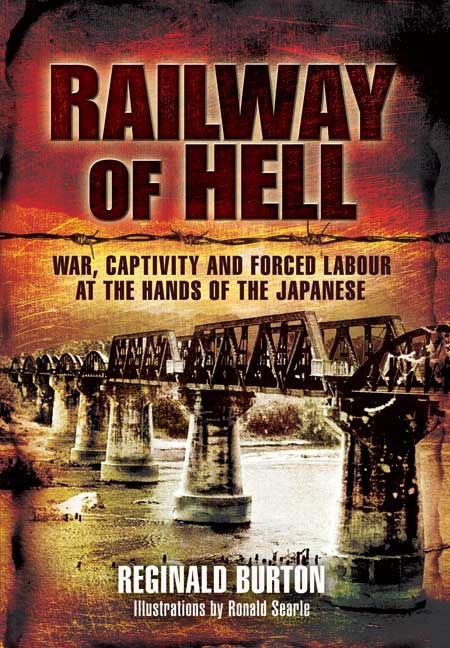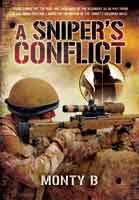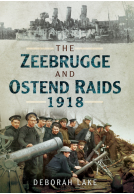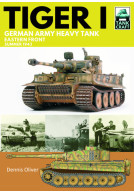Railway of Hell (Paperback)
War Captivity and Forced Labour at the Hands of the Japanese
Imprint: Pen & Sword Military
Pages: 224
ISBN: 9781848842991
Published: 30th June 2010
Last Released: 7th June 2010
(click here for international delivery rates)
Need a currency converter? Check XE.com for live rates
| Other formats available | Price |
|---|---|
| Railway of Hell ePub (1.0 MB) Add to Basket | £6.99 |
A young captain in the Royal Norfolk Regiment, Reggie Burton was wounded in the closing stages of the disastrous defence of Malaya and Singapore. He vividly, yet calmly and with great dignity, describes the horror of captivity at the hands of the Japanese. After initial confusion, the true nature of their captors emerged as, increasingly debilitated, the POWs were forced into back-breaking work. This was only a taste of what was to come. After a horrific journey in overcrowded cattle trucks, Burton and his dwindling band of colleagues were put to work building the notorious Burma Railway. Somehow he survived to tell this moving and shocking story.
Railway of Hell is not so much about the building of the Burma-Siam railway as it is about the existence of the men who built it. Constructing a railway is a project. It has a beginning, a middle and an end. For the men who built the railway, however, there was no project. There was no beginning, no middle and no end. As Burton shows us, for the POW's - slave labourers, really - there was only survival in a perpetual moment.
Biblio Buffet.com
Some points of interest from the book.
Ronnie Taylor
As 'F' and 'H' force were kept under Malayan Control while in Thailand, unlike the other workgroups who were under Thailand control. When the railway was finished, Kanchanaburi Hospital was their Hospital, the worst cases going to Tanbaya in Burma. Then 'F' and 'H' force were transported back to Singapore to stay under Malayan Control. Syme Road was used on their return but the internees from Changi Jail were then sent to Syme Road and the 'F' and 'H' PoWs were sent to Changi Jail.
This is from my previous posting on the book in 2017, from the chapter on Kanchanaburi Hospital, as every night the dead had to be taken out of the wards:-
This passage brought a lump to my throat, I tried reading it to my wife, but couldn’t.
“Although I'd seen much of death, I found this night a very harrowing one. There was not the nightmare ghastliness of that gathering up the Tamil cholera corpses. This was something much more intimate, as though each body that I helped to carry from the wards was some relative. It was impossible to think of the burden as just another corpse. I was too conscious that this had been a man, that somewhere a wife or a mother would mourn him, he had come out east with a determination to do his bit, that he had faced the defeat, despair and degradation of the ghastly ordeals to follow. Now he was dead and I was carrying his body just a little nearer to its last resting place. It might so easily have happened the other way round. A feeling of brotherhood was created and as I staggered through the dark wards with these pathetic dead I couldn’t keep tears from my eyes.”
I am pleased I re-read the book as on my second reading, much more information was absorbed.
I highly recommend the book which has the three senses, sight, sound, and smell in abundance.
Ronnie Taylor - FEPOW Family
Completion of the Burma Railway
17th October 1943
The Burma Railway, also known as the Death Railway, is a 415 kilometres railway between Bangkok, Thailand, and Rangoon, Burma, built by the Empire of Japan during World War II, to support its forces in the Burma Campaign. Forced labour was used in its construction. About 180,000 Asian labourers and 60,000 Allied prisoners of war worked on the railway. On 17 October 1943, the two sections of the line met about 18 km south of the Three Pagodas Pass at Konkuita. Most of the POWs were then transported to Japan.














